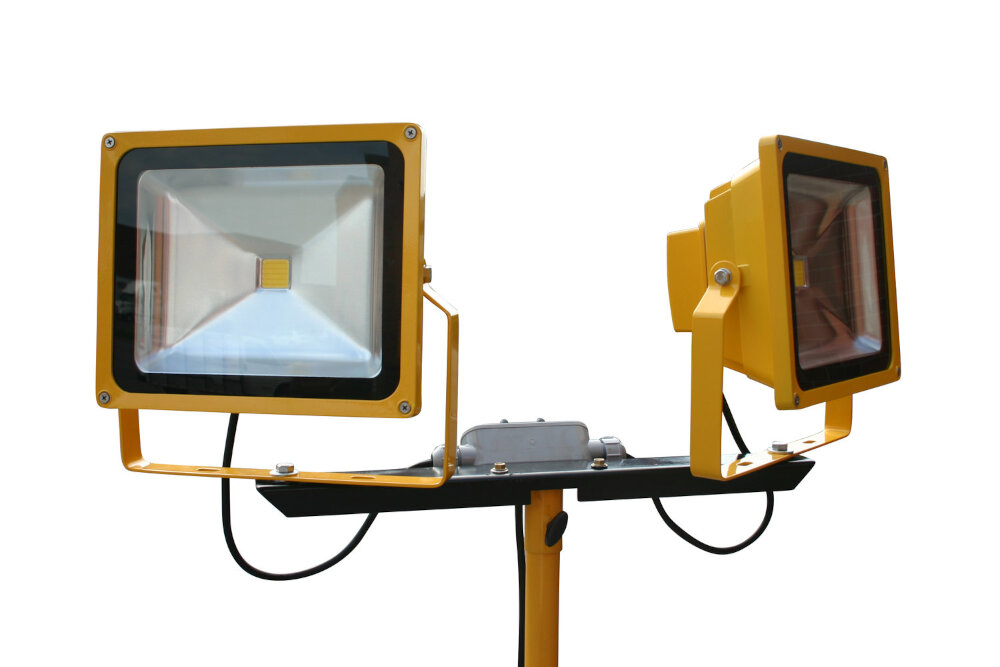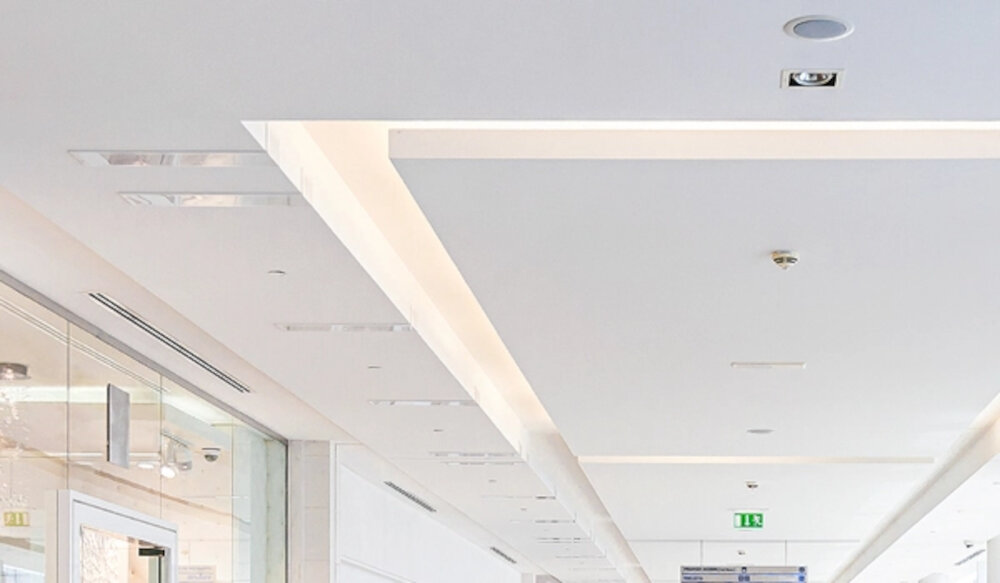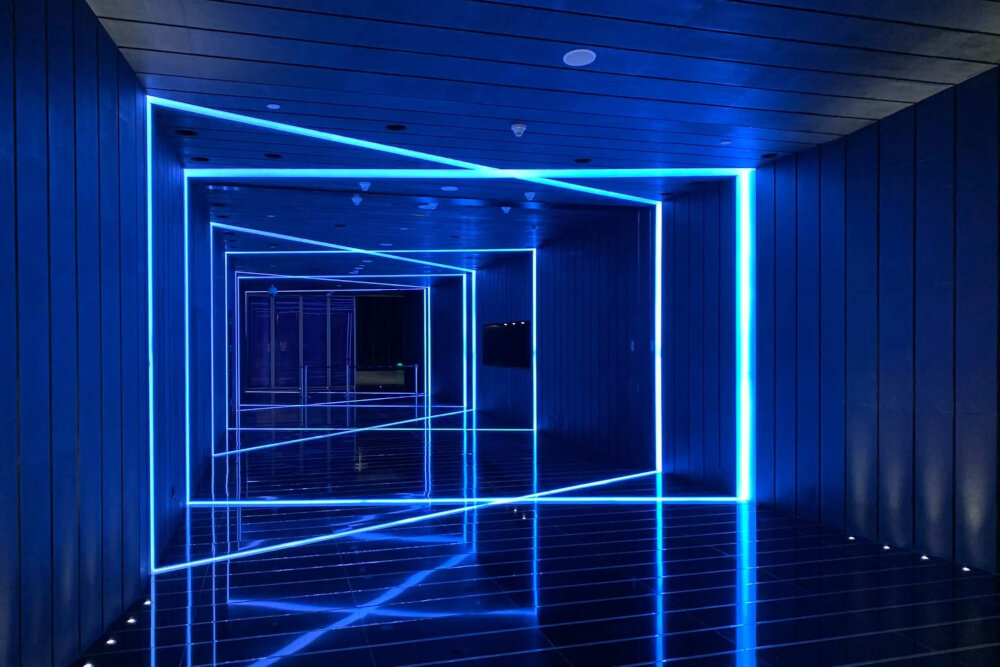LED Light Bulb Cost: How Much Should You Expect to Pay?

LED light bulbs are becoming increasingly popular as people switch to more energy-efficient lighting options. They consume less energy, have a longer lifespan than traditional bulbs, and are environmentally-friendly. However, one of the major concerns among consumers is the cost of LED light bulbs. While they are more expensive than traditional incandescent bulbs, the long-term savings in energy bills and replacement costs make them a worthwhile investment. In this article, we will explore the cost of LED light bulbs and what factors affect their price. The cost of LED light bulbs varies depending on several factors, such as brand, lumens, and color temperature. The initial cost of LED bulbs is higher compared to traditional bulbs, but this is offset by their longer lifespan, which can last up to 25,000 hours. LED bulbs also consume less energy, which means lower energy bills in the long run. The cost of LED bulbs has decreased significantly over the years due to advancements in technology and increased competition in the market. As a result, there are now more affordable options available for consumers who want to switch to LED lighting.
LED light bulbs are a revolutionary advancement in lighting technology that have gained widespread popularity due to their numerous benefits over traditional incandescent bulbs. These bulbs are energy-efficient, consume less electricity, and last significantly longer than incandescent bulbs. Not only do they help reduce energy consumption and lower electricity bills, but they also have a positive impact on the environment by reducing carbon emissions. LED light bulbs also emit less heat, making them safer to use and reducing the risk of fire hazards. Additionally, LED bulbs are available in a range of colors and designs, making them versatile and suitable for various lighting needs. Overall, the importance of LED light bulbs lies in their energy-efficiency, durability, and environmental friendliness, along with their ability to offer a wide range of lighting options.
When it comes to purchasing LED light bulbs, cost is a crucial factor to consider. LED lights are known for their energy efficiency, long lifespan, and low heat emissions, making them an ideal choice for homeowners and businesses alike. However, the initial cost of LED bulbs can be higher than traditional incandescent bulbs. It’s important to consider the long-term savings and benefits of LED bulbs, including lower energy bills and less frequent replacements. Additionally, investing in high-quality LED bulbs can result in better performance and durability. When making a decision, it’s important to weigh the upfront cost against the long-term benefits to determine the true value of LED light bulbs.
Factors that Affect LED Light Bulb Cost

The cost of LED light bulbs is determined by several factors, including the quality of the product, the technology used, the brand, and the design. The quality of the product generally determines the durability and longevity of the LED bulb. The higher the quality of the bulb, the higher the cost. Additionally, the technology used in the production of the bulb greatly affects the cost. For instance, bulbs that use advanced semiconductor technology are more expensive than those that use basic technology. The brand of the bulb also plays a role in determining the cost. Popular brands with a good reputation in the market tend to be more expensive than lesser-known brands. Lastly, the design of the bulb also affects its cost. Bulbs that come in unique shapes or colors tend to be more expensive than standard bulbs. Another factor that affects LED light bulb cost is the lumens output. Lumens are a measure of the brightness of a bulb. High-lumen bulbs are more expensive than those with low lumens output. The color temperature of the bulb also affects its cost. Bulbs with warm white or cool white color temperatures tend to be more expensive than those with a soft white color temperature. Additionally, the type of bulb also affects its cost. For instance, dimmable bulbs are more expensive than non-dimmable bulbs. Also, bulbs with smart features such as Wi-Fi connectivity, voice control, and mobile app control tend to be more expensive than basic bulbs.
The quality of materials used in manufacturing LED light bulbs plays a crucial role in determining the overall performance and longevity of the product. High-quality materials ensure that the bulb can withstand heat and other environmental factors, preventing it from burning out too quickly. Additionally, the materials used in the bulb’s construction can affect its energy efficiency, brightness, and color accuracy. Cheaper materials may save on production costs, but they often result in a lower-quality product with a shorter lifespan. It is essential to choose LED light bulbs from reputable manufacturers who use high-quality materials to ensure that you get the best value for your money in terms of cost and durability.
One of the most critical components of an LED light bulb is the LED chip, which is responsible for producing the light. There are two main types of LED chips used in light bulbs: Surface Mount Device (SMD) and Chip on Board (COB). SMD chips are the most common type, and they are small and versatile, making them suitable for a wide range of applications. However, they do have limitations in terms of brightness and efficiency. COB chips, on the other hand, are larger and more powerful, allowing for higher brightness and efficiency levels. However, they are generally more expensive than SMD chips, which can affect the overall cost of the LED light bulb.
Brand reputation and popularity play a crucial role in the LED light bulb market. Consumers are more likely to purchase from a well-known brand with a positive reputation, even if it means paying a premium price. Popularity also plays a role in the pricing of LED light bulbs, with more popular brands typically charging higher prices. However, it is important for consumers to do their research and not solely rely on brand reputation and popularity. They should also consider factors such as energy efficiency, lifespan, and cost-effectiveness to ensure they are making a smart investment in LED light bulbs.
Certification and compliance with industry standards are crucial factors that determine the quality and safety of LED light bulbs. A certified LED bulb meets the necessary performance and safety standards set by independent testing organizations, such as UL and ENERGY STAR. Compliance with industry standards ensures that the LED light bulb operates efficiently, lasts longer, and consumes less energy than non-certified bulbs. Additionally, certified bulbs are less likely to cause electrical hazards, such as short circuits, fires, or electrocution, which makes them a safer option for households and businesses alike. Therefore, it is crucial to look for certified LED bulbs when shopping for energy-efficient lighting solutions to ensure their quality, performance, and safety.
When it comes to LED light bulbs, there are a variety of additional features and functionalities that may affect the cost. For example, some LED bulbs are dimmable, allowing for greater control over the brightness of the light. Others have a longer lifespan, which means they may cost more upfront but save you money in the long run by not needing to be replaced as frequently. Some LED bulbs are also compatible with smart home systems, allowing you to control them with your voice or smartphone. These additional features and functionalities can add to the cost of the bulb, but they may also provide added convenience and energy savings. Ultimately, it’s important to consider your needs and budget when choosing the right LED light bulb for your home or business.
Average LED Light Bulb Cost

LED light bulbs have become increasingly popular over the years due to their energy efficiency and longevity. The average LED light bulb cost ranges from $2 to $20, depending on factors such as brightness, wattage, and brand. The upfront cost of an LED bulb is higher than traditional incandescent bulbs, but the long-term savings in energy costs make them a worthwhile investment. When considering the cost of LED light bulbs, it is important to look beyond just the initial price tag. LED bulbs have a much longer lifespan than traditional bulbs, lasting up to 25,000 hours or more. This means that while the upfront cost may be higher, the need for replacements is significantly reduced, saving money in the long run. Additionally, LED bulbs use significantly less energy than traditional bulbs, resulting in lower electricity bills over time. When factoring in these long-term savings, the average cost of an LED bulb becomes even more reasonable.
The cost of LED light bulbs varies depending on the type and specifications. A19 bulbs, which are the most common and versatile, are also the most affordable, with prices ranging from $2 to $10 per bulb. BR30 bulbs, which are commonly used for recessed lighting, are slightly more expensive, costing between $6 and $15 per bulb. PAR38 bulbs, which are used for outdoor and flood lighting, are the most expensive, with prices ranging from $10 to $25 per bulb. However, while the initial cost of LED bulbs may be higher than traditional incandescent or fluorescent bulbs, they are significantly more energy-efficient and have a much longer lifespan, making them a more cost-effective option in the long run.
When it comes to LED light bulbs, the cost can vary depending on the brand, quality, and quantity. On average, a single LED light bulb can cost anywhere from $2 to $10 or more, depending on the bulb’s brightness and features. However, buying LED light bulbs in packs can be more cost-effective, with prices ranging from $10 to $50 or more for a pack of four to ten bulbs. While the initial cost of LED bulbs may be higher than traditional incandescent bulbs, they offer significant energy savings and longer lifetimes, making them a smart investment in the long run.
The cost comparison between LED and traditional incandescent light bulbs is quite significant. While LED bulbs are initially more expensive, their longevity and energy efficiency make them a more cost-effective choice in the long run. LED bulbs typically last 25 times longer than traditional incandescent bulbs, which means they need to be replaced less often, reducing the cost of replacements over time. Additionally, LED bulbs use far less energy than incandescent bulbs, resulting in lower electricity bills. The cost savings in energy and replacement costs make LED bulbs the clear choice for those looking to save money on lighting over time.
Tips for Saving on LED Light Bulb Cost

When it comes to purchasing LED light bulbs, the upfront cost can sometimes turn people off. However, it’s important to remember that LED bulbs are more energy-efficient and have a longer lifespan than traditional incandescent bulbs, which can save you money in the long run. Here are a few tips for saving on LED light bulb cost:First, consider purchasing LED bulbs in bulk. Many retailers offer discounts when you buy multiple bulbs at once, so it’s a good idea to stock up if you know you’ll be using them throughout your home. Secondly, look for LED bulbs with a lower wattage. The lower the wattage, the less energy the bulb will consume, which can result in a lower electricity bill. Finally, keep an eye out for sales and promotions. Many retailers will offer discounts on LED bulbs during certain times of the year, so it’s worth doing a bit of research before making your purchase. Overall, investing in LED light bulbs may seem like a costly upfront expense, but the energy savings and longevity of the bulbs make them a smart investment in the long run. By following these tips for saving on LED light bulb cost, you can make the transition to energy-efficient lighting without breaking the bank.
When it comes to purchasing LED light bulbs, it’s always a good idea to keep an eye out for sales and discounts. LED bulbs can be expensive, but with a little bit of patience, you can find great deals that can save you a lot of money in the long run. Many retailers offer promotions and discounts on LED bulbs, especially during special events like Black Friday or Cyber Monday. Additionally, some utility companies offer rebates on energy-efficient products, including LED bulbs. By taking advantage of sales and discounts, you can make the switch to LED lighting without breaking the bank.
If you’re looking to save money on LED light bulbs, buying in bulk is a smart way to go. Many manufacturers offer bulk discounts, which can bring down the cost of each bulb significantly. Additionally, buying in bulk means you’ll have plenty of bulbs on hand when you need them, which can be especially helpful if you’re outfitting a large home or office space. However, keep in mind that buying large quantities of bulbs may not be practical for everyone, especially if you don’t have the storage space or the budget to make a bulk purchase. If you’re not sure whether buying in bulk is the right choice for you, it’s worth doing a cost-benefit analysis to see how much you could save in the long run.
When it comes to buying LED light bulbs, many people tend to stick to well-known brands that they are familiar with. However, it’s worth considering purchasing from lesser-known brands as well. Although these brands may not have the same level of recognition, they often offer products that are just as good – if not better – than those from more established names. By opting for a lesser-known brand, you may be able to find LED light bulbs that are cheaper without having to compromise on quality. Plus, supporting these brands can help to promote competition in the market and encourage innovation, ultimately benefiting consumers.
When it comes to choosing the right type of LED light bulb, it’s important to consider factors such as brightness, color temperature, and dimming capabilities. If you’re looking for a bulb that can provide bright, white light, you may want to opt for a daylight or cool white bulb, while those looking for a warmer, more cozy feel may prefer a soft white or warm white bulb. Additionally, if you plan on using your LED bulbs with a dimmer switch, make sure to choose bulbs that are labeled as \dimmable\ to ensure they work properly. By taking these factors into consideration, you can find LED bulbs that are not only energy efficient and cost-effective, but also meet your specific lighting needs.
When it comes to purchasing LED light bulbs, cost is an important factor that should not be overlooked. While LED bulbs may have a higher upfront cost compared to traditional incandescent bulbs, they provide significant energy savings in the long run, making them a more cost-effective option. Additionally, LED bulbs have a longer lifespan, which means less frequent replacements and less money spent on replacements over time. It’s also important to consider the quality and features of the LED bulb, as higher quality bulbs may come with a higher price tag but also offer more benefits such as better color rendering, dimming capabilities, and smart home integration. Ultimately, taking the time to research and evaluate the cost and benefits of different LED bulbs will help you make an informed decision and choose the best option for your needs and budget.
In making the most cost-effective purchase decision for LED light bulbs, it is essential to consider several factors that will affect the overall expense. These factors include the initial cost, energy efficiency, lifespan, and maintenance cost. One should opt for LED bulbs with a higher initial cost but have a longer lifespan and energy efficiency, as they can significantly reduce electricity bills and maintenance costs in the long run. Moreover, it is also important to compare prices from different manufacturers and retailers to get the best deals. By considering all these factors, one can make an informed decision that is both cost-effective and environmentally friendly.
Conclusion

In conclusion, the cost of LED light bulbs can vary depending on various factors such as the brand, features, and quality. However, when it comes to energy efficiency and long-term cost savings, LED bulbs are a wise investment. While they may cost more upfront than traditional incandescent bulbs, their longer lifespan and reduced energy consumption will ultimately save you money in the long run. It is important to consider the overall value of LED bulbs rather than just the initial cost. With LED bulbs, you not only save money but also contribute to a sustainable and eco-friendly future.



